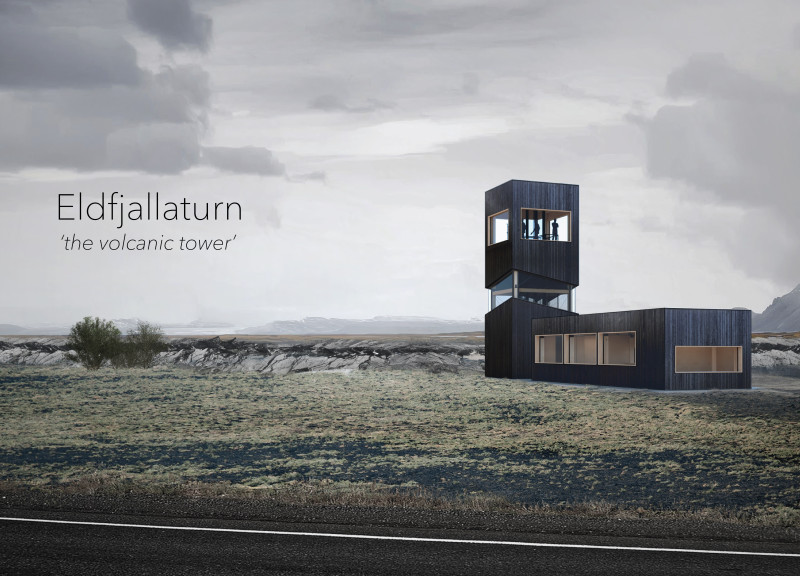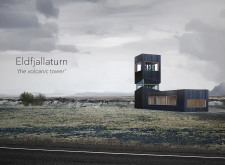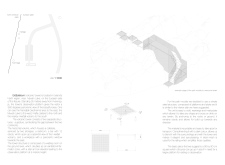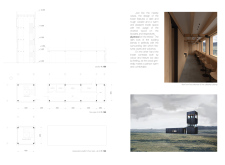5 key facts about this project
From a general perspective, this project focuses on creating a harmonious relationship between the interior and exterior environments. The design features a fluid layout that encourages movement and interaction, with spaces that flow naturally into one another. The use of large windows and openings enhances the connection with the surrounding landscape, allowing natural light to permeate the interior spaces while providing occupants with expansive views.
The architectural design articulates its purpose through distinct zones: common areas for social interactions, private spaces for personal activities, and multifunctional rooms that adapt to various uses. Central to the project is a communal hub that fosters collaboration and engagement among users, promoting a sense of community. This area is characterized by open floor plans that facilitate gatherings and events, equipped with flexible furniture arrangements to accommodate a range of activities.
Important details within the project underscore its commitment to materiality. A conscientious selection of materials was made to align with the overall architectural vision. Concrete provides structural integrity while serving as a canvas for creative expression. The extensive use of glass not only allows for transparency but also reinforces a contemporary aesthetic, creating a dialogue between the building and its environment. Wood elements introduce warmth and a sensory experience, contributing to the overall comfort of the spaces. In addition, steel components are strategically employed to enhance the building’s structural performance, ensuring longevity and resilience.
The landscape surrounding the architecture complements the design, enveloping the structure in greenery and encouraging outdoor engagement. Integrative landscaping merges the building with its natural setting, providing areas for relaxation and recreation. This relationship extends the usable space beyond the architecture's physical boundaries, enhancing the user experience.
What sets this project apart is its unique design approach that prioritizes sustainability without compromising on style. Innovative features such as rainwater harvesting systems, solar panels, and energy-efficient materials reflect a commitment to environmental responsibility. The architectural ideas embedded within the project not only address practical needs but also promote a lifestyle centered on ecological awareness.
A key aspect of the project is its adaptability to the evolving needs of its users. The design incorporates elements that allow for future modifications, reflecting an understanding of the dynamic nature of architectural usage. This forward-thinking approach is evident in the modular components and flexible spaces that can be reconfigured as required.
The integration of technology into the design further enhances the user experience. Smart systems manage lighting, temperature, and security, contributing to a comfortable and efficient environment. These systems are elegantly incorporated into the architectural framework, ensuring they remain unobtrusive while providing modern conveniences.
This project stands as an inspiring example of contemporary architecture that prioritizes a holistic approach to design. Its careful attention to detail, thoughtful use of materials, and innovative sustainability strategies present a model for future developments. Readers interested in exploring this project further are encouraged to delve into architectural plans, architectural sections, and architectural designs to appreciate the depth of thought and creativity involved. An examination of the architectural ideas behind this project will reveal much about the potential of modern architecture to meet the challenges of today while enhancing the experience of its occupants.


























